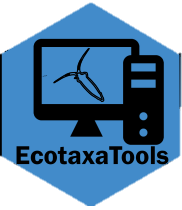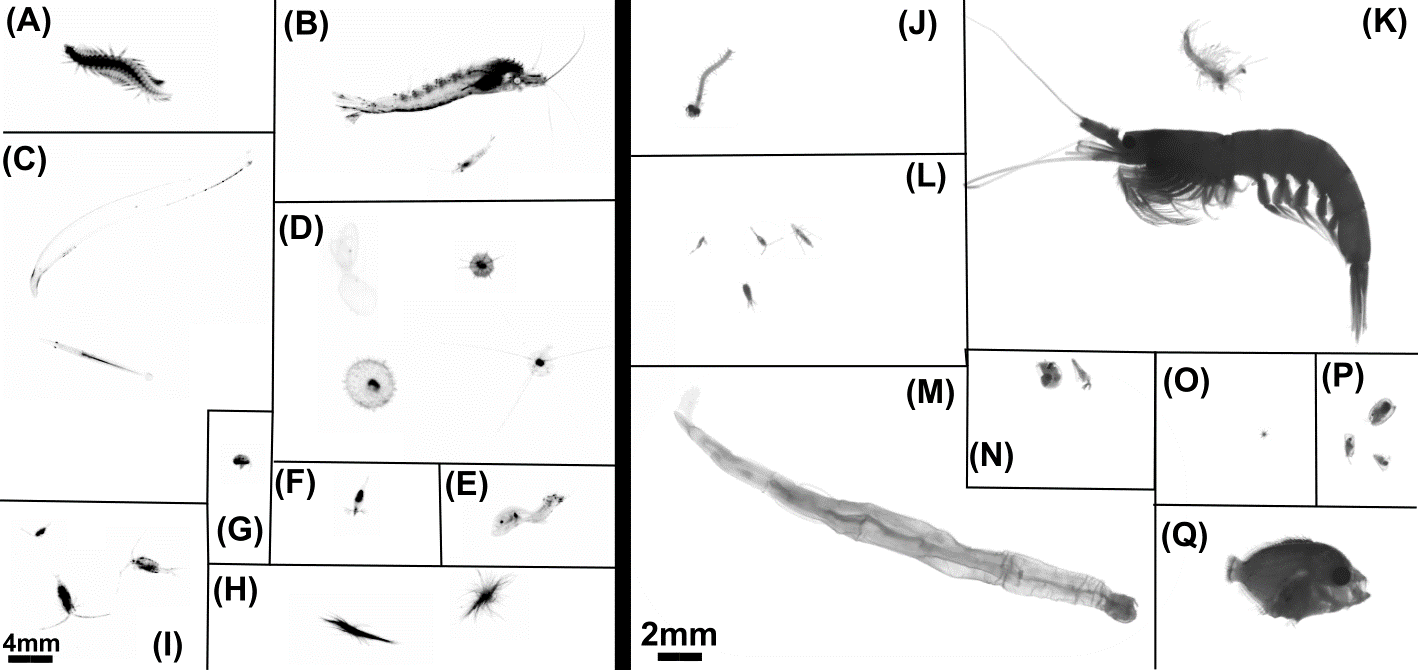I've been working a lot with FlowCam data, in part due to the FlowCam Graduate Student Grant I received in the Fall of 2023. While FlowCam does offer some classification tools, I wanted to work with my data in Ecotaxa. However, currently there is not a clear pipeline to export data from VisualSpreadsheet 5/6 into tsv format. I made a small R package to help facilitate this transfer called Flowprocess.
For older versions of VS on Flowcam, it is possible to use morphocut to extract vignettes (ROIs) from the lst files. However, this can be cumbersome when processing for many files. I have a Github Repo which walks through this implementation on a larger scale.

I have developed an open source R package for processing Ecotaxa output. Much of the code framework is focused on the UVP. However, most the tools are applicable to other instruments. If you would like to contribute, don't hesitate to make a pull request! You can access a use guide here.
Due to the unique sampling constraints of many in-situ imaging tools, there can be large uncertainties in the estimates given by an imaging device. I published a review paper recently which discusses some of the best practices for analyzing and interpreting in-situ data.

Using data from two cruises, we compared estimates of mesozooplankton abundance and biomass from an in-situ imaging device and a depth-specific net system. We address several important considerations for using an imaging device including aggregating profiles, binning depth regions, and possiblity of plankton avoidance The imaging device seemingly under samples for many taxonomic groups. However, when integrating throughout the water column, devices produced similar estimates. Ultimately we show the usefulness of both sampling devices with important considerations for their use.